Crime Scene Investigation Vehicles
CSI (Crime Scene Investigation) vehicles are specially equipped to bring forensic analysis capabilities directly to crime scenes. They provide essential tools and technology to preserve, collect, and analyze evidence on-site, reducing the need to transport evidence to distant labs.

Mobile Forensic Van
Purpose: A versatile vehicle designed to support comprehensive crime scene investigations directly at the scene.
Features: Equipped with a variety of forensic tools and equipment, including fingerprint kits, evidence collection materials, light sources, and cameras. It may also have workstations for preliminary analysis and documentation.
Application: Used for a wide range of crime scenes, from homicides to burglaries, allowing investigators to efficiently gather and process evidence. The van serves as a command center and a secure location for storing evidence.
Mobile Forensic Laboratory Van
Features: Contains sophisticated laboratory instruments such as DNA analysis equipment, chemical detection devices, microscopes, and computers for digital forensics. It may also include facilities for biological sample analysis, toxicology, and trace evidence examination.
Application: Deployed for complex investigations where immediate forensic analysis is required, such as in cases involving hazardous materials or time-sensitive evidence. This van allows forensic scientists to conduct lab-level testing and analysis directly at the crime scene, significantly speeding up the investigation process.
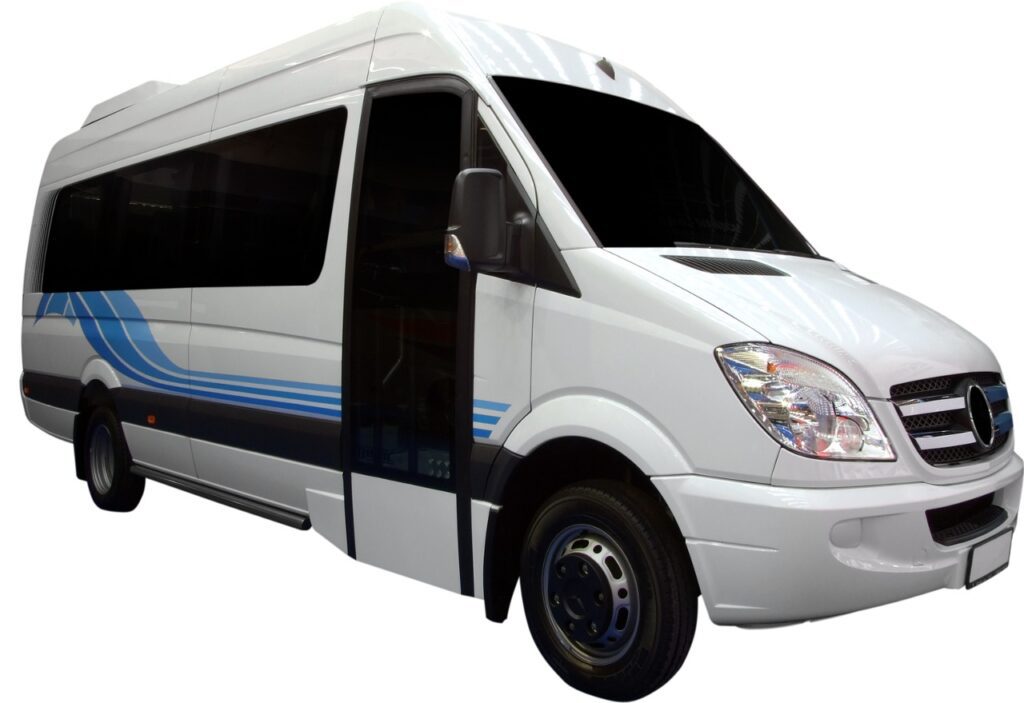

Mobile Forensic Motorcycle
Features: While smaller than vans, it carries essential forensic tools such as fingerprinting kits, digital cameras, swabs, and evidence bags. It may also include portable communication devices for coordinating with larger CSI teams.
Application: Ideal for rapid deployment to secure crime scenes, especially in areas where larger vehicles might struggle to access. It’s commonly used in situations where speed is critical, such as in urban settings or during large public events, allowing investigators to begin evidence collection quickly while waiting for larger support vehicles.
Benefits of CSI Vehicles
On-Site Analysis: These vehicles allow for immediate evidence processing, which can be crucial in preserving the integrity of evidence.
Mobility: They provide investigators with the flexibility to respond quickly to various locations, particularly in challenging environments.
Comprehensive Capabilities: Equipped with advanced tools, they reduce the need to transport evidence back to a central lab, saving time and resources. These vehicles are integral to modern forensic investigations, enabling efficient and effective crime scene management, evidence collection, and preliminary analysis
Police Interceptor
Police Interceptor generally refers to a high-performance vehicle specially designed and modified for law enforcement purposes. These vehicles are built to handle the demanding tasks of police work, including high-speed pursuits, patrolling, and emergency response.
Key Features of Police Interceptors
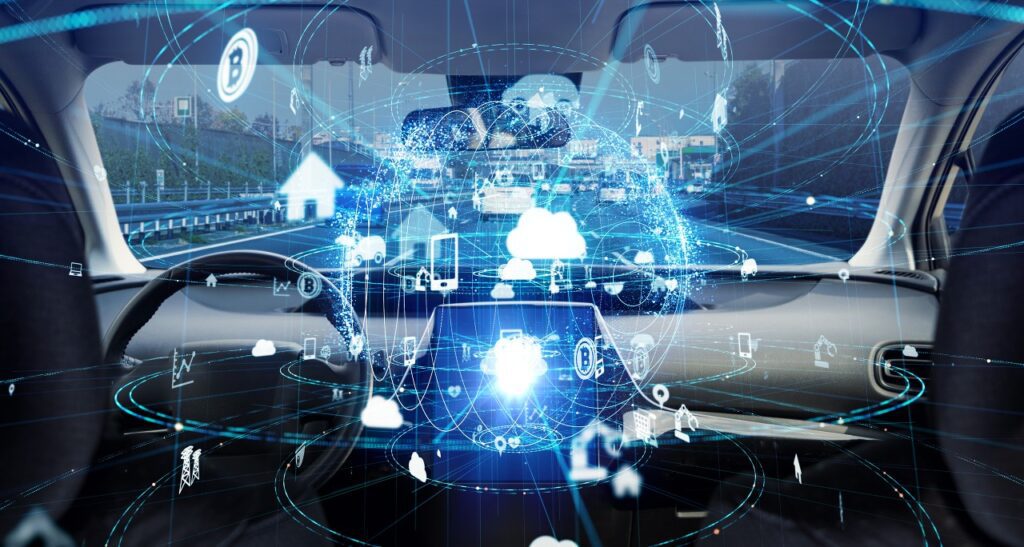
Enhanced Performance
Engine Power: Police Interceptors are equipped with powerful engines that provide the speed and acceleration needed for pursuits and rapid response. These engines are typically more robust than those found in standard civilian vehicles.
Suspension and Brakes: The suspension systems are reinforced to handle the stress of high-speed chases and rough terrain. The braking systems are also upgraded to ensure quick and reliable stopping power, even at high speeds.
Durability and Reliability
Heavy-Duty Components: Police Interceptors are built with heavy-duty components, including transmission, cooling systems, and alternators, to withstand the rigors of continuous operation and the demands of police work.
Extended Service Life: These vehicles are designed to operate efficiently over long hours and extended periods, with durability to handle the wear and tear of daily law enforcement activities.

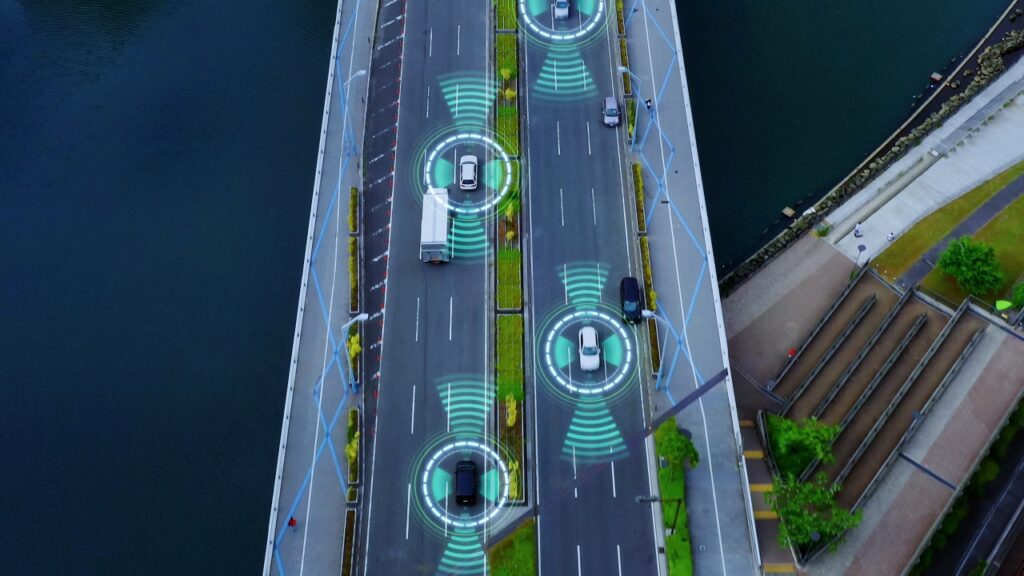
Advanced Technology
Communication Systems: Equipped with integrated radio and communication systems that allow officers to stay in contact with dispatch and other units while on the move.
Surveillance and Monitoring: Some models come with in-car camera systems, Automatic License Plate Recognition (ALPR), and other surveillance technologies to assist in monitoring suspects and recording incidents.
Navigation and Computer Systems: Many Police Interceptors feature in-car computers (Mobile Data Terminals) and GPS navigation systems to access real-time information, run vehicle checks, and manage incident reports.
Safety Features
Reinforced Structure: These vehicles often have reinforced frames and safety cages to protect officers in the event of a collision.
Lighting and Sirens: Police Interceptors are equipped with emergency lighting (LED light bars, strobe lights) and sirens to alert other road users and provide clear visibility during night operations or high-speed chases.
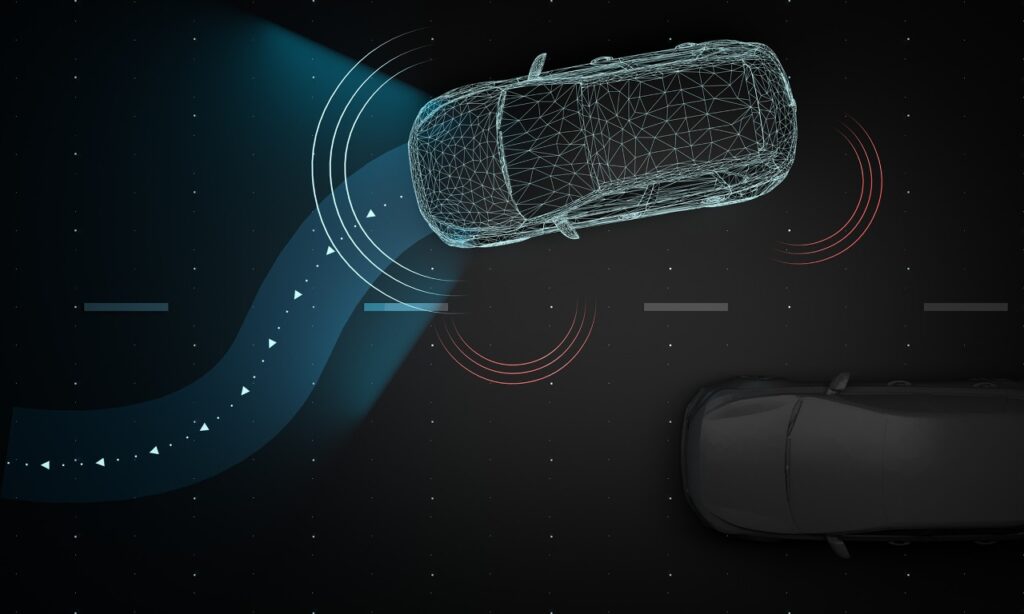
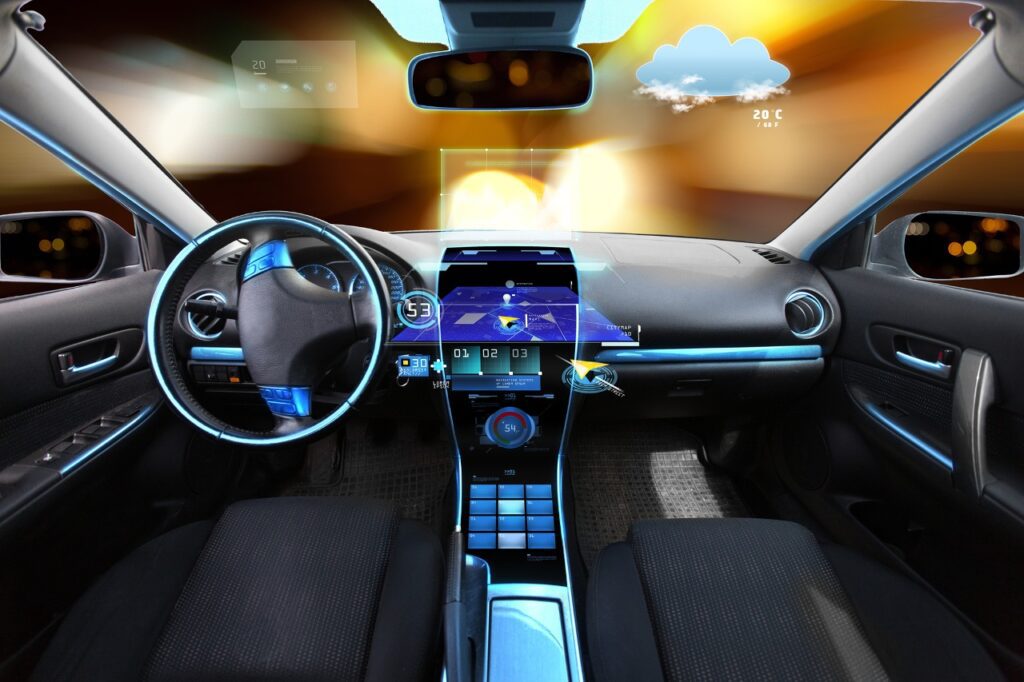
Specialized Interiors
Weapon Mounts and Storage: The interiors are designed to securely store police equipment, such as firearms, tactical gear, and other tools needed for law enforcement.
Ergonomic Design: The seating and controls are ergonomically designed to accommodate officers wearing full gear, including body armor, ensuring comfort and accessibility during long shifts.
Common Models of Police Interceptors:

Police Interceptor Sedan: Based on the Ford Taurus, this model is also widely used, offering similar performance features in a sedan format.
Tahoe PPV: A full-size SUV that provides ample space and power, often used for K-9 units, tactical operations, and in rural areas.
Charger Pursuit: Known for its powerful engine and sleek design, this model is favored for high-speed pursuits and urban patrols.
Applications in Law Enforcement:
Pursuits: With their high-speed capabilities, these vehicles are essential for pursuing fleeing suspects.
Emergency Response: They enable quick response times in emergencies, whether it’s a medical emergency, crime in progress, or public disturbance.


